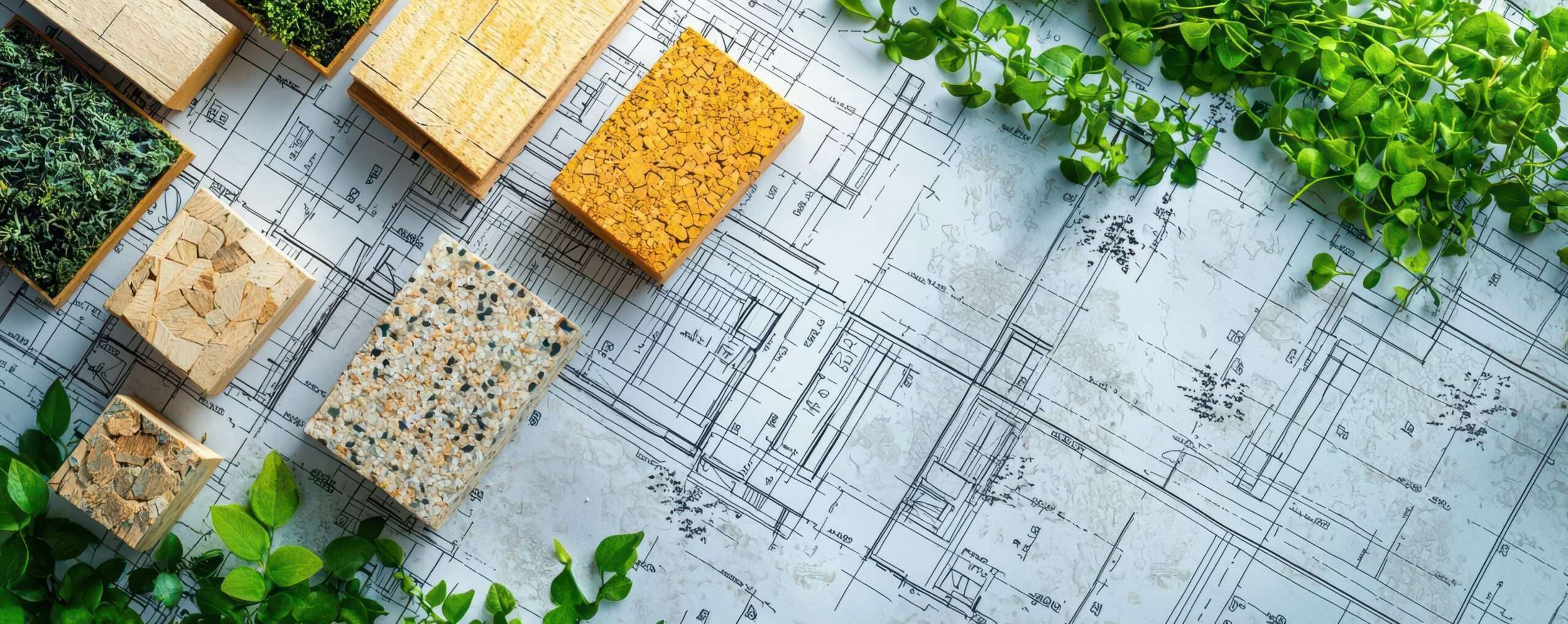
The German government has launched a groundbreaking law for the building sector: the cabinet approved the new building type E, which will be established as the standard for climate-friendly construction. This decision marks an important step towards greater sustainability and energy efficiency in the construction sector and is intended to pave the way for Germany’s climate targets.
What is building type E?
Building type E (“E” stands for “energy-efficient”) sets new standards in terms of environmental compatibility and resource conservation. The focus is on minimizing CO₂ emissions throughout the entire life cycle of a building – from construction to use to dismantling. This includes stricter requirements for thermal insulation, the use of renewable energies and the use of sustainable building materials.
The key requirements at a glance:
- Maximum energy efficiency: All new E-type buildings must meet the highest efficiency standards. This includes very good insulation and the use of solar energy technologies such as photovoltaic systems and solar thermal energy.
- Use of renewable energies: Building type E stipulates that at least 65% of energy requirements must be met from renewable sources. This means that fossil fuels such as natural gas or oil are largely avoided.
- Sustainable materials: The preferred materials for construction should be environmentally friendly and recyclable. Wood from sustainable forestry, recycled concrete and natural insulating materials are just a few examples.
- Climate neutrality as a goal: The long-term goal is to make all new type E buildings climate-neutral by 2040 at the latest. This means that they must not produce any additional greenhouse gases.
Funding programs and incentives
To support the construction industry in the transition, the government is planning a series of support programs. Building owners who opt for the new building type E can take advantage of grants, low-interest loans and tax breaks. The aim is to motivate both private and commercial investors to build more sustainably.
Why is the law important?
The building sector is responsible for around a third of total energy consumption and around 30% of CO₂ emissions in Germany. By introducing building type E, the German government aims to make a significant contribution to reducing these figures. Climate Protection Minister Lisa Müller emphasized that building type E is a “milestone for Germany’s climate-friendly future” and paves the way for sustainable construction methods.
Criticism and outlook
While environmental protection associations praise the new law as an “important step in the right direction”, there are also critical voices from the construction industry. Some industry representatives fear rising construction costs and a delay in the implementation of construction projects. However, the government remains confident that the long-term benefits – both ecological and economic – will prevail.
With the new building type E, Germany is setting a strong example for climate protection and demonstrating that sustainable construction is not only possible, but also makes economic sense. The law is expected to come into force at the beginning of next year and should serve as a blueprint for future construction projects throughout Europe.